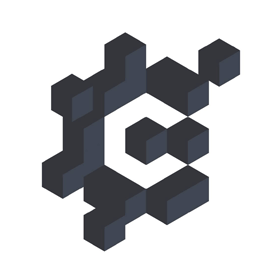The Virtual Wild is an interactive agency with a passion for solving our client’s business challenges using strategy, design, and cutting-edge technology.
With the production of innovative and interactive experiences that are visually compelling, we produce tangible results.
The Virtual Wild works with a diverse range of clients and can create anything from large-scale immersive environments to Augmented Reality (AR), and Virtual Reality (VR) applications. We thrive in bringing visual design to life in all shapes and sizes!
We are comprised of a diverse team of interactive experts and creative designers that share an appreciation for user-centered design principles that promote conversations, inspire innovation and challenge the status quo.


















